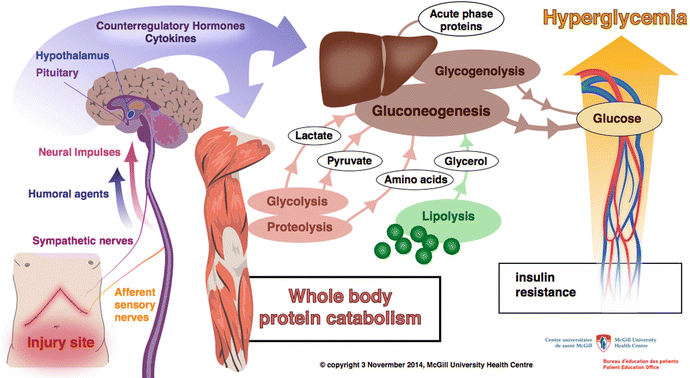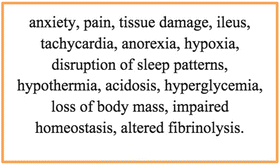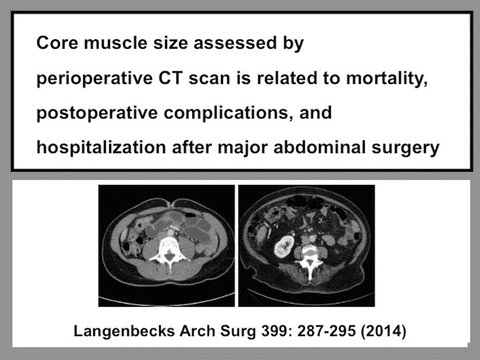(1)
ProfessorDepartment of Anesthesia, McGill University, Montreal, QC, Canada
Keywords
Role of the anesthesiologist in recoveryAnesthesiologist and patient recoveryPostoperative recovery and the anesthesiologistSurgical stress responseDiabetes of injuryEnhanced Recovery After SurgeryPostoperative insulin resistanceERPAlthough there have been major advances in surgical technology and anesthesia techniques, the relatively high rate of postoperative complications continues to have an impact on health care. Thanks to closer collaboration between different medical disciplines, a great deal of attention has been focused on how to improve the quality of surgical care, reduce perioperative morbidity, accelerate the recovery process and better utilize health resources. With this in mind, great effort has been pursued in the development and implementation of Enhanced Recovery After Surgery programs (ERP) with the intention to understand and identify the factors that keep patients in hospital longer than necessary and delay their return to baseline. The chapter elucidates the physiological mechanisms characteristic of the response to surgical stress and proposes a role of the anesthesiologist as a perioperative physician in addressing the strategies which can modify this response and facilitate recovery.
The Surgical Stress Response and the Development of Insulin Resistance
The cascade of events that are initiated with surgery are commonly referred to as the stress response which is characterized by a release in neuroendocrine hormones, and production of various inflammatory products (Fig. 6.1). The combination of both the systemic inflammatory response and hypothalamic-sympathetic stimulation acts on target organs including the brain, heart, muscle, and liver leading to release of energy substrates (fat, carbohydrates, and protein) to use as fuel for vital organs such as brain, muscle, heart, and kidney. Negative consequences initiated by this response include anxiety, pain, tissue damage, ileus, tachycardia, anorexia, hypoxia, disruption of sleep patterns, hypothermia, acidosis, hyperglycemia, loss of body mass, impaired homeostasis, and altered fibrinolysis (Fig. 6.2). The magnitude of the inflammatory response is proportional to the degree of surgical insult. An obvious clinical example is the use of endoscopic surgical techniques when compared with open procedures, which are associated with an attenuated inflammatory response to surgery. The improved outcomes such as less pain and shorter hospitalization associated with laparoscopic techniques are generally well established.



Fig. 6.1.
Metabolic and inflammatory changes leading to a state of insulin resistance. (Courtesy of McGill University Health Centre Patient Education Office, Montreal, Quebec, Canada.).

Fig. 6.2.
Consequences of the stress response.
The degree of the inflammatory response is variable and this might be related to genetic polymorphism. Patients with higher proinflammatory response were shown to be prone to a greater incidence of postoperative complications. Central to the physiological changes of the metabolic response to surgery, characterized by catecholamine release and hyperinflammation followed by immunosuppression, is the development of insulin resistance. A correlation has been demonstrated between high circulating values of CRP, a marker of the inflammatory response, and poor preoperative insulin sensitivity.
Insulin resistance can be defined as a condition wherein a normal concentration of insulin produces a subnormal biological response. In the context of the surgical stress response, the actions of insulin as a key anabolic hormone are reduced in order to rapidly mobilize energy substrate. This has been termed “the diabetes of injury.” A significant correlation has been demonstrated between the degree of the patient’s insulin sensitivity on the first postoperative day and length of hospital stay. Also a significant association has been reported between the magnitude of insulin resistance and complications. For every decrease in intraoperative insulin sensitivity by 20 %, the risk of serious complications was more than doubled after open heart surgery.
Insulin controls glucose, fat and protein metabolism, and with the presence of surgical injury, glucose and protein metabolism are altered. Hyperglycemia and protein breakdown represent the two main metabolic consequences of the surgical stress. The loss of muscle mass following major abdominal surgery amounts to approximately 50–70 g of protein per day (Fig. 6.3).
 < div class='tao-gold-member'>
< div class='tao-gold-member'>





Only gold members can continue reading. Log In or Register to continue
Stay updated, free articles. Join our Telegram channel

Full access? Get Clinical Tree






